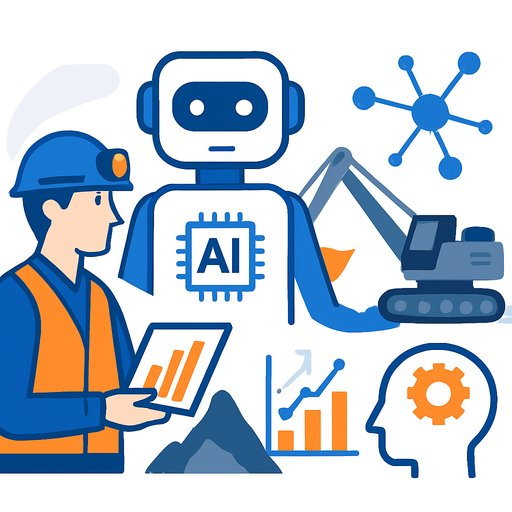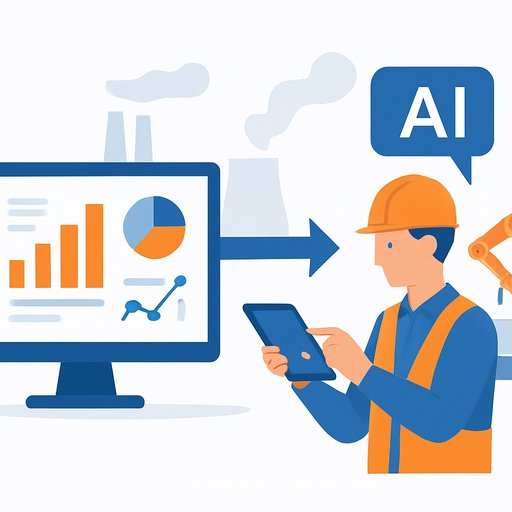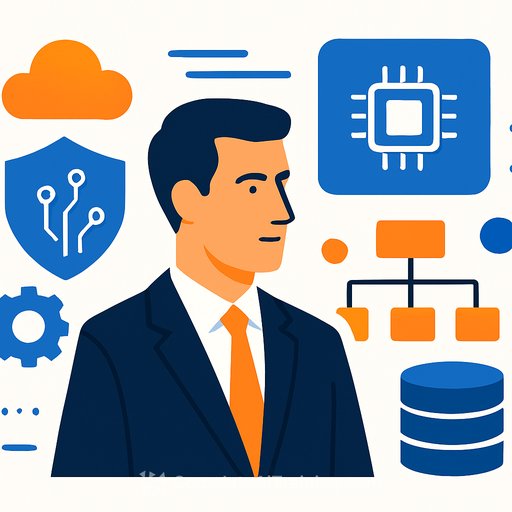Five ways AI will transform mining in 2026
AI is moving from pilots to production. With demand for copper, lithium, and other critical minerals on the rise, operators need tools that improve predictability, cost control, and safety. The shift isn't flashy-it's practical. AI becomes part of daily decisions, not a side project.
For context on why the demand trend matters, see this overview of critical minerals and clean energy needs from the IEA: The Role of Critical Minerals.
1. Smaller players will set the pace for innovation
Lean teams move faster. Without legacy systems and layered approvals, junior miners are piloting AI for exploration modeling, short-interval control, and condition-based maintenance-then scaling what works. The lesson for larger operators: speed and learning loops beat bureaucracy.
- Set a 90-day pilot cadence: pick one asset, one use case, one KPI.
- Create a "fast track" path for data access and tool deployment.
- Standardize what works as playbooks others can copy.
2. Data will define leadership
Production still matters, but the edge now comes from connected data. Geological, operational, and financial feeds stitched into a single view improve planning, throughput, and cost per tonne. The winners turn raw signals into reliable decisions.
- Build a unified data layer (equipment, fleet, geology, energy, finance).
- Name owners for data quality at the source-no orphaned tags or sensors.
- Make "time to decision" a metric: how fast can ops move from signal to action?
3. Investment will reward transparency
Capital providers are judging digital maturity alongside ore bodies. They expect clean data, traceable metrics, and credible ESG reporting. Operators who can show accurate, automated reporting pipelines will earn trust-and better terms.
- Map KPIs to reporting frameworks early (ESG, safety, energy, water).
- Automate data lineage so every number is traceable back to source.
- Publish a quarterly "digital reliability" scorecard for leadership and investors.
4. People will remain central to digital progress
Automation changes tasks, not the need for judgment. Roles across maintenance, planning, and process control now require both technical and analytical skills. The best ops teams pair domain expertise with data fluency.
- Stand up a cross-functional "AI in Ops" guild (maintenance, planning, IT, HSE).
- Upskill on data literacy, prompt-writing, and automation basics.
- Give crews simple, clear interfaces; hide complexity behind SOPs.
If you're building a skills plan for your teams, see focused training paths by role here: AI Courses by Job.
5. Intelligent operations will reshape everyday decision-making
AI won't make decisions for you. It will narrow the uncertainty-predict failures earlier, optimize energy use, and sharpen forecasts. The payoff is steadier operations, fewer surprises, and tighter cost control.
- Deploy predictive models on critical assets first (mills, crushers, haul trucks).
- Use AI to tune setpoints and energy loads during peak pricing windows.
- Tie model outputs to clear actions in your control room and maintenance plans.
Looking ahead
The next advantage in mining is operational clarity: knowing what's happening, what's likely next, and what to do about it. AI helps, but only if data is clean, crews are trained, and decisions stay close to the front line.
Set a simple rule: every AI initiative must prove one of three things-higher throughput, lower cost per tonne, or improved safety. If it can't, it's noise. If it can, scale it.
Quick ops checklist for 2025-2026
- One data platform, many use cases (no tool sprawl).
- Quarterly pilots with clear KPIs and go/no-go criteria.
- ESG-ready reporting with automated lineage.
- Team skills plan: data literacy, automation, and decision support.
- Model governance: versioning, drift checks, and SOP-linked actions.
Your membership also unlocks:






